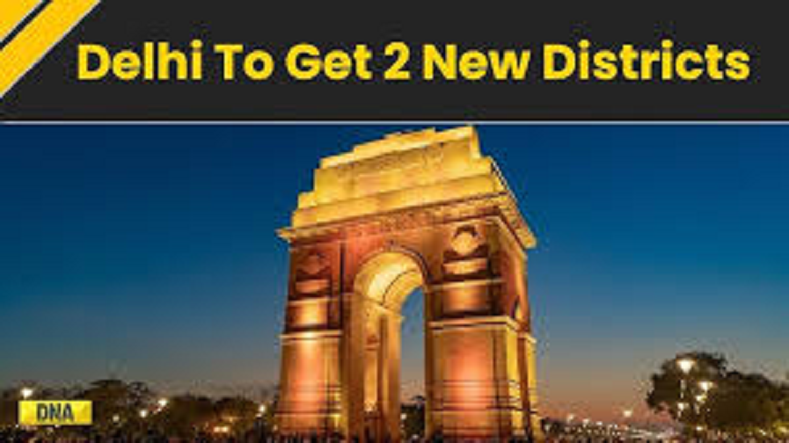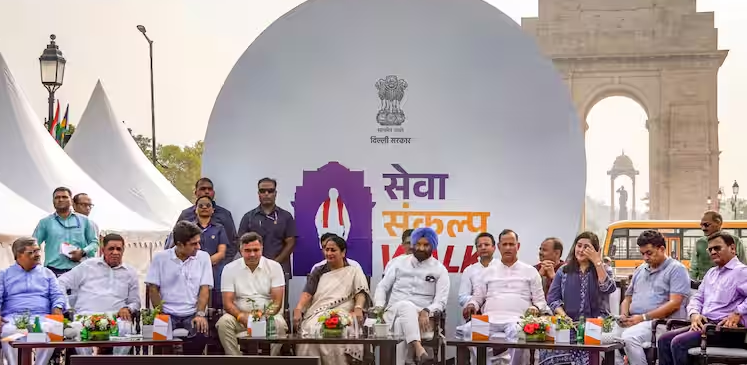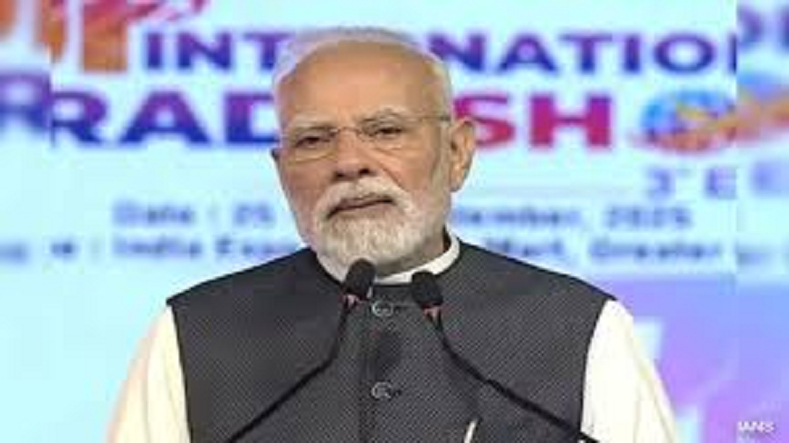Delhi will now have 13 districts, a major change in the administrative structure; this district may be abolished.
- bySherya
- 26 Sep, 2025

Under the new administrative structure in Delhi, the District Magistrate will be given powers similar to those of district officers in other states. This means that the nodal officers for the Delhi Jal Board, PWD, and other key departments will be located within the DM's office.

The Delhi government has decided to make major changes to the capital's administrative structure. Delhi will now have 13 districts instead of 11. The boundaries and names of existing districts will also be changed. This decision is aimed at administrative reforms, better coordination between departments, and faster redressal of public grievances.
Smaller districts, faster work
The government believes that reducing the size of districts will speed up work and strengthen oversight. Disputes over boundaries between different departments have often arisen, but with the new districts and boundaries established, such disputes will end. The public will also benefit from the opportunity to bring all their complaints directly to the District Magistrate (DM).
DM will get more powers
Under the new structure, the District Magistrate will be given powers similar to those of District Magistrates in other states. This means that the nodal officers for the Delhi Jal Board, PWD, Social Welfare Department, and other key departments will now reside in the DM's office. This will not only improve coordination but also eliminate the need for the public to run around to different offices.
Changes in districts and names
There are plans to create new districts from the Municipal Corporation of Delhi (MCD) zones. Currently, Delhi has 12 zones, which will be reorganized into districts. This process may change the names and geographical locations of some existing districts. It is believed that the Shahdara district may be abolished, while the South and Southeast districts may also be redesignated. Similarly, changes to the names and boundaries of the Outer Delhi and North-West districts are also possible.
Benefit to the public
The biggest benefit to the public after the creation of new districts is expected to be easier access to the administration. Accountability of officials in each district will be established, and work will be expedited. Smaller districts will make it easier to monitor services such as health, education, water, and roads.
Further process
The Delhi government has prepared a proposal for this decision. Now, after cabinet approval and the Lieutenant Governor's consent, it will be notified. After this, the formation of the two new districts will be formally implemented.
Names of 11 districts
New Delhi, Central Delhi, West Delhi, East Delhi, North Delhi, South Delhi, North-West Delhi, North-East Delhi, South-West Delhi, South-East Delhi, and Shahdara.



